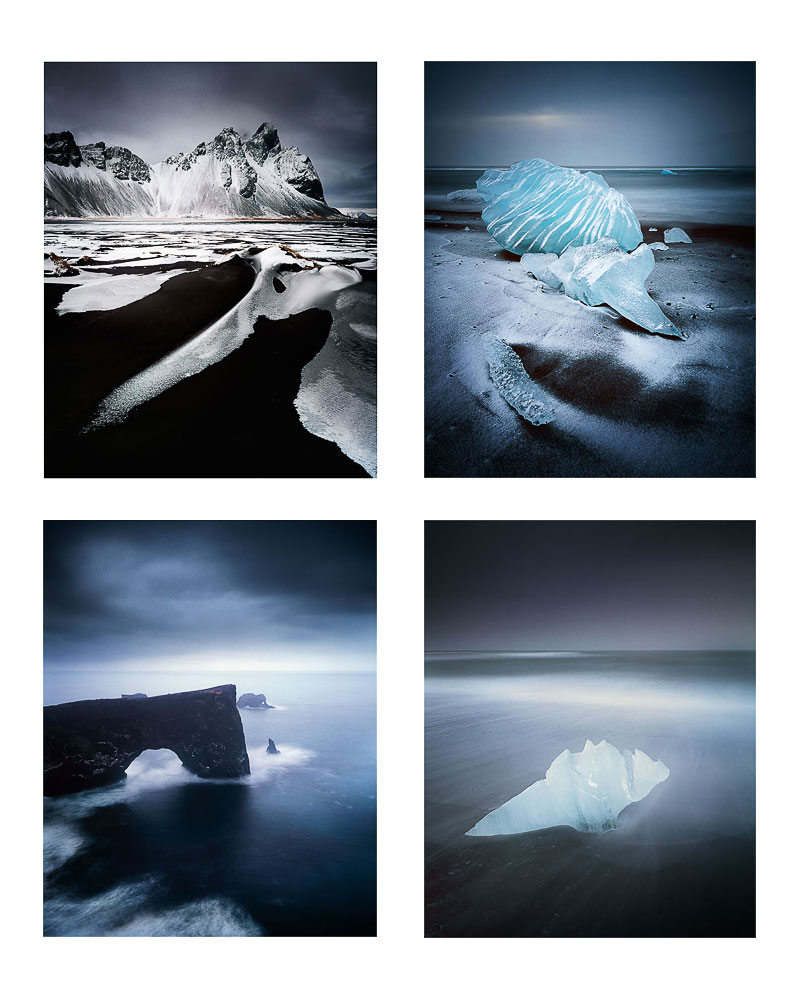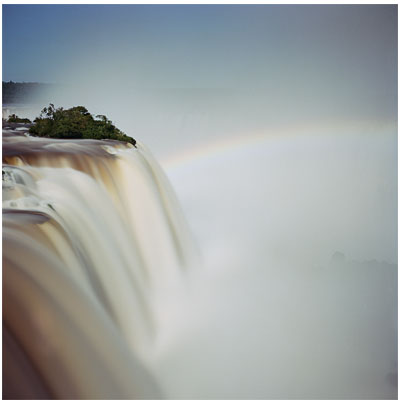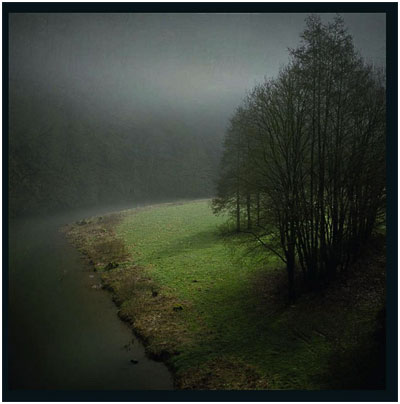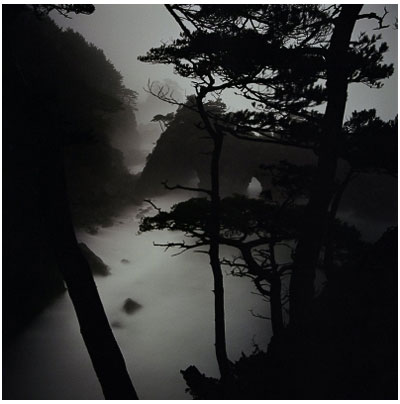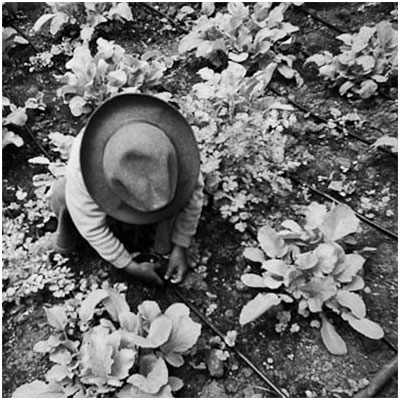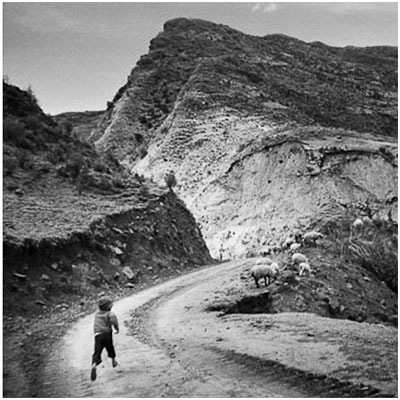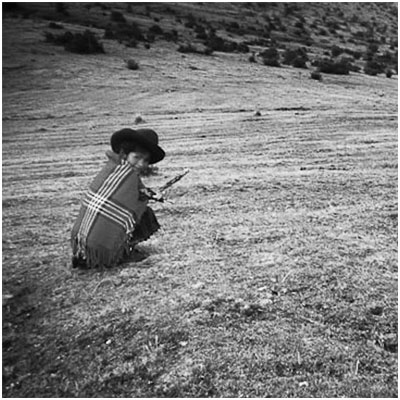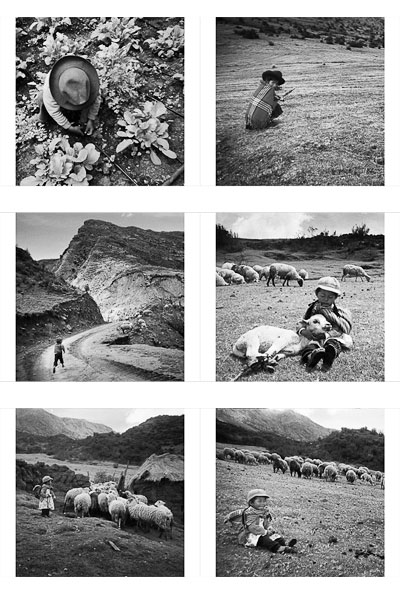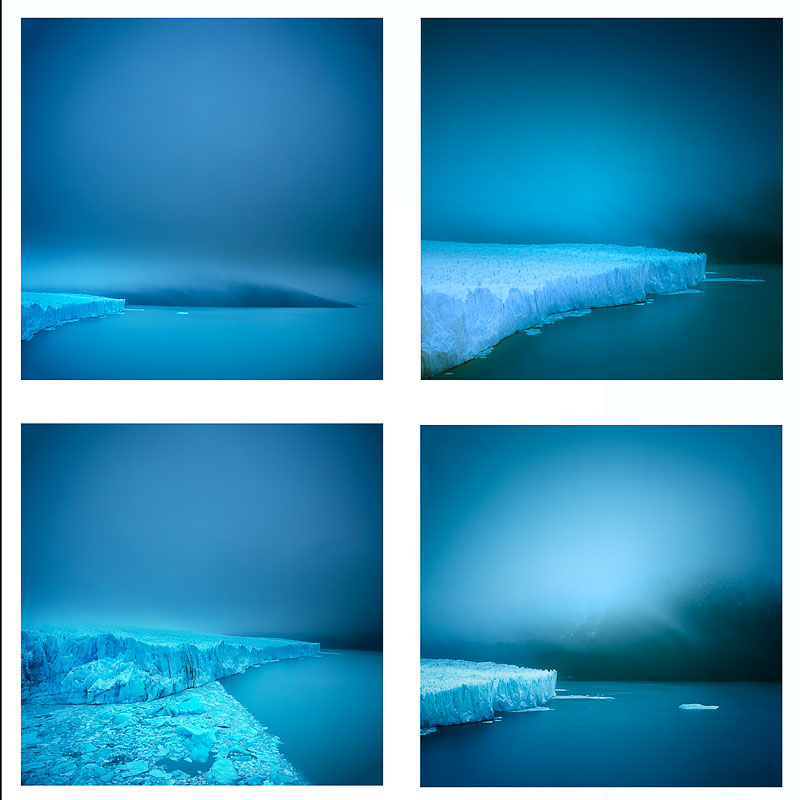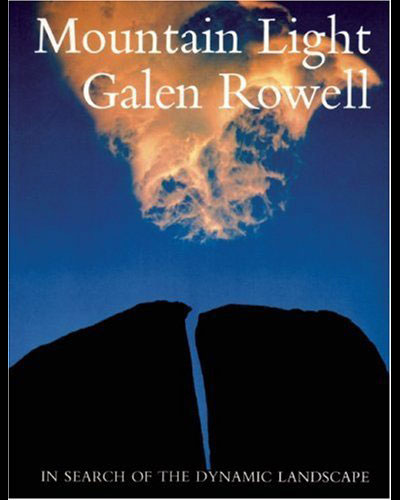Dear all, Those of you who have been following my blog for some time, or have been on workshops with me, will know that I'm a film shooter only. All of the work you see in my portfolio on this web site was created with a Mamiya 7II system, Hasselblad 500 / 503 system, or a Contax 645 system. I love these medium format systems very much and they all have their own strengths (and weaknesses - which I love, too).
I've owned a micro-four thirds system for some time, but I've never really given it much of a real try out. I tend to use it on my workshops to illustrate compositions, but until recently, I've not had much in the way of decent lenses for it.
So this week, I've purchased quite a few items for my Micro Four Thirds camera:
Panasonic 12-35 f2.8 zoom lens Panasonic 25mm f1.4 lens Panasonic / Leica 45mm f2.8 macro lens Lee Seven5 micro format filter system - hard grads, full ND's, big stopper
It's been a lot of fun, choosing the lenses, because there are so many now to choose from, for this really excellent compact system.
I thought I would go through my reasons for the choices, and also, to bring to light that I feel the days of big SLR's being the king of the photography market is changing. We live in a multi-format society and there is no reason to stick to such a format these days, other than backward compatibility with old 35mm film systems, or lenses.
On a slightly related note: I have been asking that camera manufacturers move away from the 3:2 aspect ratio (it's historical - designed for a film format), and towards systems that can be programmed for different aspect ratios. My preferences are for ratios such as 1:1 (square), 4:5 (rectangle) or 6:7 (a rectangle that is moving towards square).
Camera systems should be getting smaller, and more compact. What I love about the MFT (micro four thirds) format is that the sensor size is just a little bit smaller than APS-C. For such a compact camera, it means the quality of the images is pretty close to 35mm. The only thing that seems to be missing from the MFT format right now, is improved dynamic range and high ISO noise capability like the pro-end SLR's (unless I'm not so informed or up to date on the matter).
Anyway, here's my reasoning for the lenses:
Panasonic 12-35 f2.8 zoom lens
As much as I prefer primes, because primes make you fit the camera to the landscape, and not the other way around, I wanted a general purpose lens for my workshops. One that is on the camera at all times, and that goes all the way down to 24mm (12mm in MFT terms). The cost of buying the little Olympus 12mm was just a little bit cheaper, but reviews suggested it's not such a good performer as the 12-35 zoom. I also feel that primes are great because they force you to hunt the landscape and work with what you're given, rather than just standing on the spot and zooming in and out until things seem to fit. I would have preferred to have a few smaller lenses than a zoom if I were using this system as a serious contender for my own work, but I'm not. I'm really using it for workshop, and most of the time, I just want to be out on location with one lens on the kit so I can illustrate things to participants.
I didn't really need the lenses I'm going to mention now.... these were perhaps just things I desired, rather than needed for my workshops.
Panasonic 25mm f1.4 lens
If I'm going to buy a dedicated prime for the system, I'd like it to be really fast. The MFT system suffers from too much depth of field because of its smaller focal lengths. A standard lens is 25mm on this system. That means it has the same DOF characteristics of a 25mm lens on any camera system - in other words - it's pretty wide, even wide open at f5.6. As much as I think the Pancake lens is a superb lens and fast, this lens is just a little bit faster. I may still buy the pancake at some point, because it's ideal for leaving on the camera when you just want to put the entire thing in your pocket. The f1.4 is not a pocketable lens.
Panasonic / Leica 45mm f2.8 macro lens
It sounds like a pretty stunning lens. There's not really any other reason for buying this, but maybe in time, I'll be able to share some thoughts with you on this one.
Lee Seven5 micro format filter system
The grads for this system have extremely hard transitions. It's really a must for any system where the lenses are small. Hard grad transitions become very soft when put up close in front of a lens. I often get asked how I'm able to place the grads for my Mamiya 7II rangefinder system - well the truth of the matter is - it's not important to be so precise with this system because the focal lengths are greater than a 35mm system. Hard grads are visible down at wide angle focal lengths, but as you move up the focal lengths, the transition in the grade becomes more diffused as you 'zoom in'. When moving form 35mm to medium format, you more or less double the focal length. What was 24mm for you, is now 50mm. This means that the hard grads become more diffused and therefore less problematic with accurate placement.
Now go down the formats. As you go to MFT format, the focal lengths get smaller, but so do the diameters of the lenses. The optics are really small, so that means a normal hard grad will be too soft.
The seven5 (weird marketing name) should be ideal for this kind of system.
I don't intend to move away from film and I've never understood the phrase 'going digital'. Film and digital are different mediums. They look different, and offer different things. I think it's fun to be able to mess about with both, but I can't see myself being able to focus seriously on both at the same time. I think my little MFT system is really for use during my workshops for illustrative purposes and to allow me to have fun as well (I don't often shoot much myself on my workshops), but time will tell if this system grows into something new for me.
I'm looking forward to trying out the MFT system in a more 'professional' way, but above all, I just think it will be a lot of fun too.

